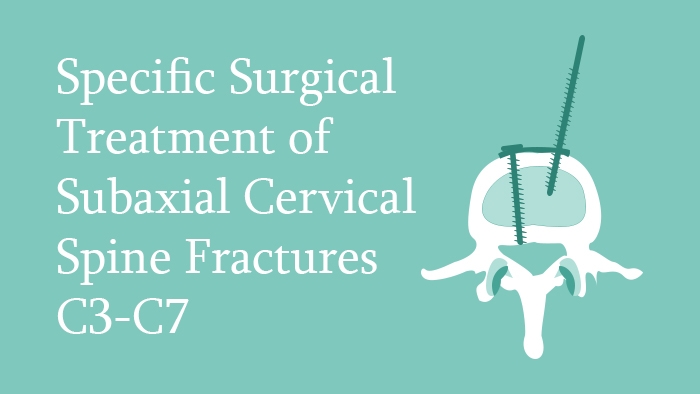Dr Christian Etter
eccElearning Spine Surgery Education Programme Faculty
Dr Christian Etter is a highly experienced Spine Surgeon and a key member of the eccElearning Spine Surgery Education Programme faculty. The Spine Surgery Education Programme contains 180 Spine Surgery Lectures, and contains Specialist Certificates and the full Postgraduate Diploma in Spine Surgery. The eccElearning Faculty is made up of over 140 expert spine surgeons and educators. They have collectively supported the development of the world’s first comprehensive, online postgraduate education programme in a medical sub-speciality, spine surgery.
Dr Christian Etter, MD.
Contributions of Dr Christian Etter
Lecture: Conservative Treatment of Cervical Spine Injuries
This lecture, written and narrated by Dr Christian Etter, covers conservative treatment of cervical spine injuries. It discusses the principles of conservative management, right from the time of injury to the hospital, where the decision is taken whether to abandon the conservative treatment or continue as a definitive management. The decision making process is illustrated with detailed algorithms. The conservative management modalities are discussed in detail, and the limitations and indications of definitive conservative management are discussed, with relevance to established clinical studies.
Lecture: Specific Surgical Treatment of Subaxial Cervical Spine Fractures C3-C7
This lecture, written and narrated by Dr Christian Etter, covers the specific surgical treatment of C3-C7 cervical spine. it focuses on the principles of surgical treatment, and its application to the challenge presented by the clinical scenario of C3-C7 cervical spine trauma. Both surgical approaches are covered, with an explanation of the benefits which can be obtained from each. This is followed by a consideration of the stability which can be achieved by anterior constructs and posterior constructs, with reference to clinical literature and reports from biomechanical models. Finally, a scheme is suggested, based on the injury pattern, to assist in the decision making.




